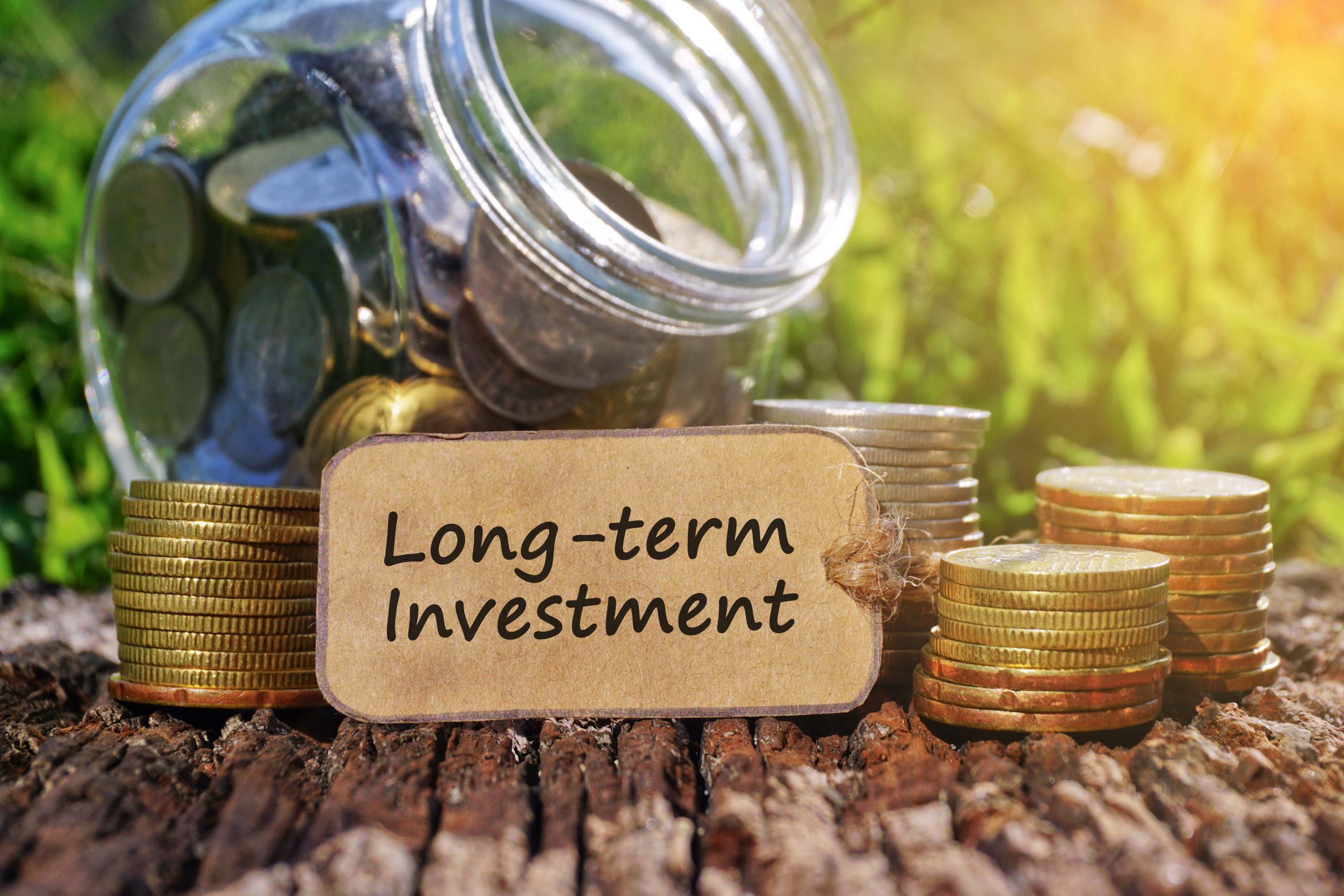Investing Should Never Be Done in a Vacuum
GE is a clear example of how once former great stocks can collapse in spectacular fashion. Long-term investors who held on because of a misguided belief that “buy and hold is best” ultimately suffered massive income and capital gains losses. The best investing strategy is actually “buy until the thesis breaks.” Never forget that all companies have competitors, and in the case of GE, almost all of its rivals were far superior places to entrust your hard earned money. That includes industrial conglomerates such as:
- 3M (MMM): dividend king
- Illinois Tool Works (ITW): dividend king
- Roper Technologies (ROP): dividend aristocrat
- A.O Smith (AOS): dividend aristocrat
Also, don’t forget that while diversification by sector is important your portfolio should ultimately be built to best fit your individual needs. For example, AT&T is a dividend aristocrat (34 straight years of dividend hikes) that is high-yielding. But you can find a similar yield with pipeline blue chip (and in 2020 a dividend aristocrat) Enbridge (ENB). AT&T yields 6.9% today but offers a weaker balance sheet and just 2% dividend growth. Enbridge yields 6.6%, has a booming business and 10% dividend growth.
If your goal is safe and growing income, then AT&T is a far worse investment than Enbridge (which happens to be one of the most undervalued high-yield blue chips you can buy today).
An investor’s goal should be not just a well-diversified portfolio, but one in which each sector is represented by the best companies in each sector. That might mean blue chip industry leaders, or potentially faster growing smaller but high-quality stocks. And don’t forget that over time things can change. Once great companies can see their growth slow to levels that no longer meet your needs. At such times it might be a good idea to sell even solid (but slower growing) blue-chip dividend stocks to buy undervalued, faster-growing companies that meet your portfolio’s overall goals better.
For example here are the goals of my high-yield income growth retirement portfolio:
- Safe yield of 5+%
- Long-term dividend growth of 10+%
- Total Returns 15+% (helped by buying quality stocks when they are deeply undervalued)
And keep in mind that thanks to the market being highly irrational in the short-term (something great is always on sale) I’m actually able to achieve far better fundamental portfolio stats than that:
- Safe portfolio yield: 6.2%
- Five-year average dividend growth (organic hikes): 15.9%
- Average discount to fair value: 32% (calculated using Dividend Yield Theory)
With a portfolio generating that level of low-risk income and growing at a torrid pace (one-year dividend growth rate 20.9%), and that’s so incredibly undervalued, I’m sitting on a potential gold mine when it comes to long-term total returns. That’s because since 1966 the best way to estimate long-term CAGR returns for dividend stocks is with the formula: yield + long-term dividend (a proxy for EPS and cash flow) growth + valuation boost (yield returning to historical norm over time on an annualized basis).
Plugging in my current portfolio stats, I could hypothetically achieve 6.2% + 15.9% + 3.9% = 26% CAGR total returns. That’s over 10 years which is the longest it takes quality companies to return to fair value (most do within 5 or fewer years). In reality maintaining, 15+% dividend growth for a decade is not realistic. But with proper capital allocation/stock selection, I’m confident that I can achieve the long-term targets, which would still be realistically capable of generating 16% or better annual returns. That’s good enough to quadruple my investment every decade and ultimately achieve financial independence.
Your personal goals will be different, and thus the right fundamental portfolio yield and dividend growth targets will be unique. But never forget that your portfolio is actually a business (a holding company for other businesses). Thus you should have a clear goal in mind for what you want your portfolio to achieve, and periodically check in on your employees (companies) to make sure they are on track to hit their long-term targets.
About the Author:
9 "Must Own" Growth Stocks For 2019
Get Free Updates
Join thousands of investors who get the latest news, insights and top rated picks from StockNews.com!






